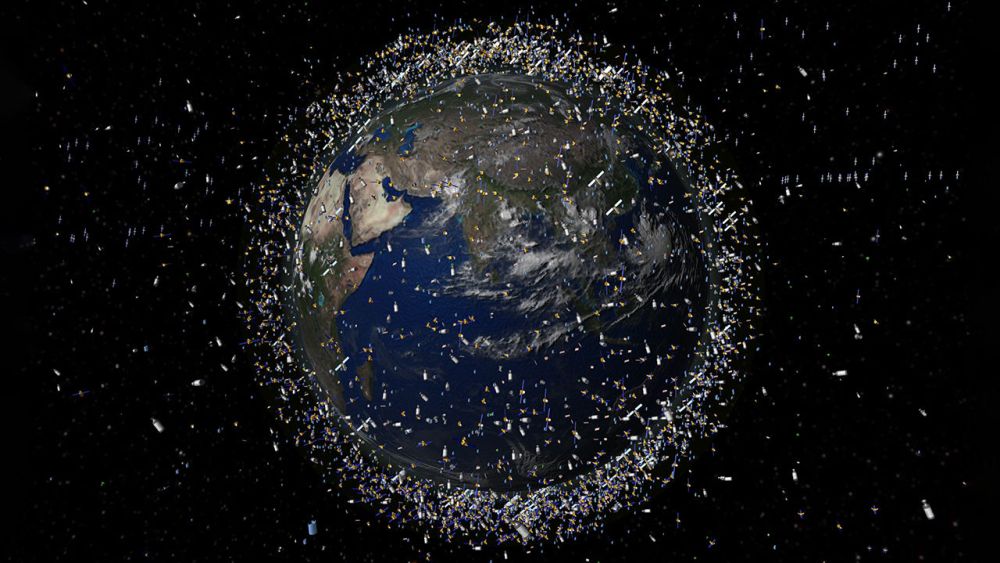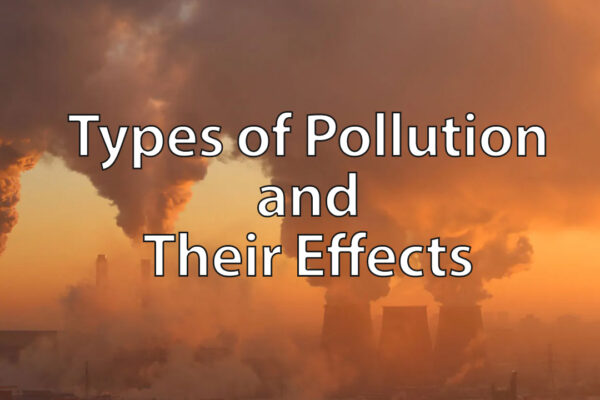Light Pollution from Artificial Satellites Obstruct Astronomical Observations, Finds a Study
The starry night sky has always been a source of inspiration for so many great artistic works and astronomical discoveries. But a recent study has stated that not every shiny thing in the night sky is necessarily a stellar object. Experts have discovered that artificial satellites and space junk orbiting the planet significantly contribute to light pollution, which obstructs astronomical observations.
Published in the Royal Astronomical Society, the findings reveal that a number of objects revolving around the earth could elevate the overall brightness of the night sky by over 10 percent above natural light levels across a large part of the planet. Experts have warned that such levels of light pollution could obstruct astrophysicists’ ability to make astronomical observations of the universe.

Experts discover that satellites and space debris contributes to light pollution that obstructs astronomical observations | Image: ESA
According to the European Space Agency (ESA), there are over 9,200 tons of space objects in orbit around the planet, varying from defunct satellites to broken fragments. Previously thought to pose a collision risk to other space objects, this space junk clearly contributes to a considerable amount of light pollution.
The team of researchers wrote,
Because the streaks are often comparable to or brighter than objects of astrophysical interest, their presence tends to compromise astronomical data and poses the threat of irretrievable loss of information.
The study describes how sunlight reflected and scattered from space objects can appear as streaks in observations made by ground-based telescopes. Apparently, when imaged with high angular resolution and high-sensitivity detectors, many of the space objects look like individual streaks in science images; while they appear merely stellar things to the naked eye.
The researchers admit that while a natural level of brightness has its own limitations, the increasing light pollution in outer space must be studied further. They added that the situation is likely to get worse with more satellites and mega-constellations are being launched.
Greg Brown, a Royal Observatory astronomer, who was not involved in the study, said,
Telescopes like the soon-to-be-operational Vera C Rubin Observatory are expecting vast contamination of their images from just the mega-constellations expected in the next few years, which will be difficult and costly to compensate for and do seriously risk scientists missing out on key scientific discoveries.
The distribution of space debris is fairly constant around the earth, which pollutes outer space significantly. While projects have recently started to clean up the space debris, clearing small fragments appears to be a difficult and humongous task.
Various other experts and astronomers have commented on the discovery, stating that this is a great threat and hindrance in astrophysical work and cosmological discoveries.


